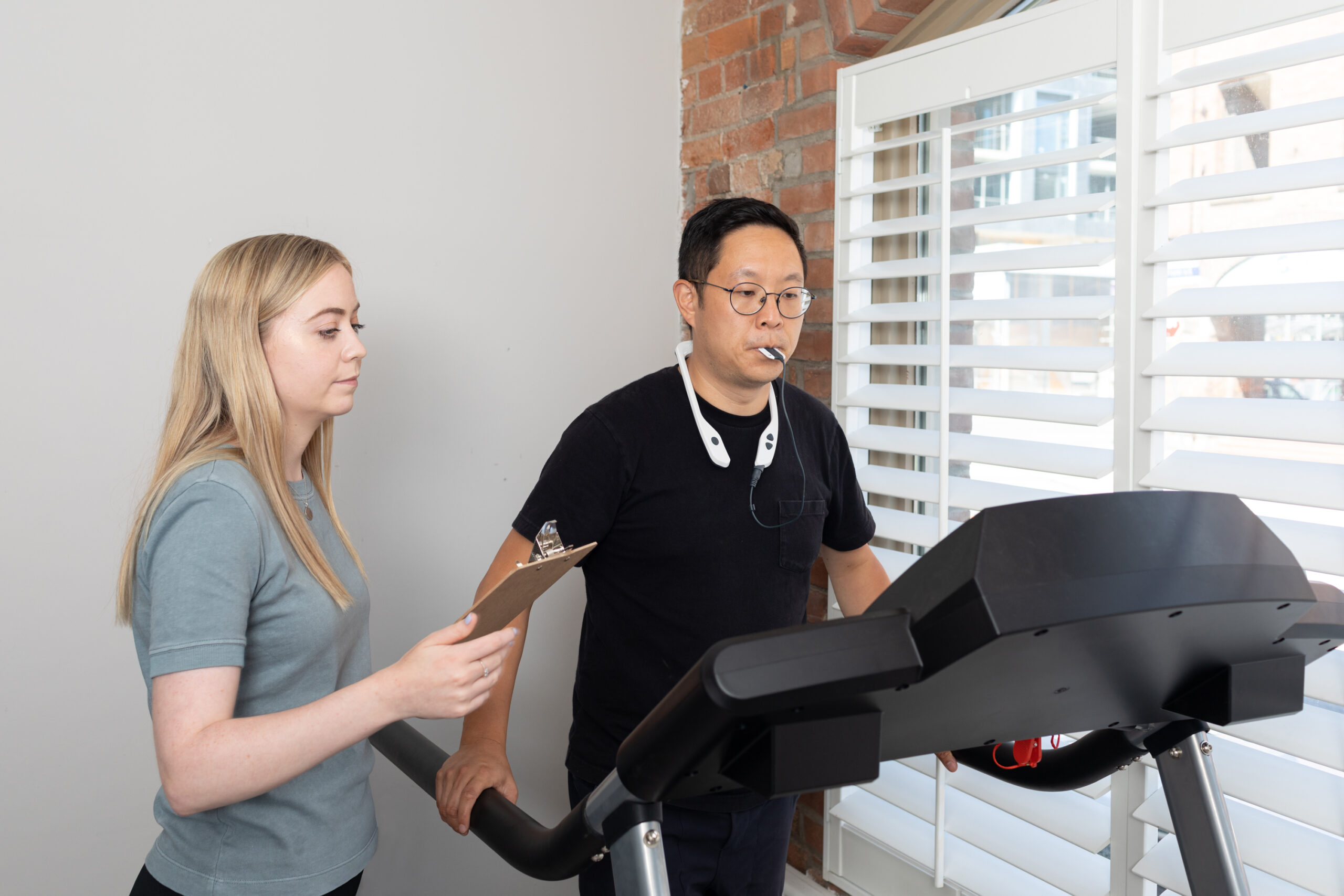Go for 4! Better yet—Aim for 8!
Study shows individuals with MS reached an average of an 8-point gait improvement when combining physical therapy with PoNS®
Walking is an important aspect of everyday life. However, individuals with multiple sclerosis (MS) often experience difficulty walking, also known as gait deficit. In fact, it can be one of the most challenging aspects of the diagnosis.
While the benefits and results can vary, physical therapy is known to provide therapeutic benefits to individuals with MS. However, physical therapy alone may not be enough to provide sustained improvements in their gait.
In a controlled clinical study, individuals with MS who went through physical therapy initially improved gait an average 4 points on an industry-standard gait test. However, by week 14, their scores started to decline. That’s why we want to encourage you and other individuals with MS to add PoNS Therapy® to your treatment regimen and improve your walking. The same controlled study showed longer-lasting improvements in gait for those who combined physical therapy with PoNS.
How do you measure gait improvement?
Rehabilitation therapists often rely on the Dynamic Gait Index (DGI) or the Functional Gait Assessment (FGA) as a clinical tool to assess your gait, balance, and fall risk. More specifically, these tools evaluate how you walk and your ability to maintain your balance as you walk while performing different tasks. During this test, your rehabilitation therapist will ask you to maintain your balance while you walk and switch from one activity to another. The test takes around 15 minutes.
Seeing movement on measurement tools like the DGI or the FGA quantifies improvement, which can be motivating and impactful. Research has shown that individuals who have completed 14-weeks of PoNS Therapy have seen improvements in their gait scores of as much as an average of 8 points. That represents a significant improvement in your ability to walk.
Push yourself—Go for 4 and Aim for 8 with PoNS Therapy!
What does Go for 4 and Aim for 8 mean?
Any improvement in gait scores is significant. Physical therapy alone can lead to a 4-point improvement, but for some that improvement wanes over time. A controlled clinical study has shown that over half of individuals who combined physical therapy with 14-weeks of PoNS saw their DGI scores increase an average of 8 points, and for many, their gait improvement was sustained. So aiming for an 8-point increase can yield longer-lasting improvement. That can mean significantly advancing your ability to walk so you can better participate in life’s big moments like saying yes to that wedding, booking that vacation you have been putting off, or taking that walk along the beach.
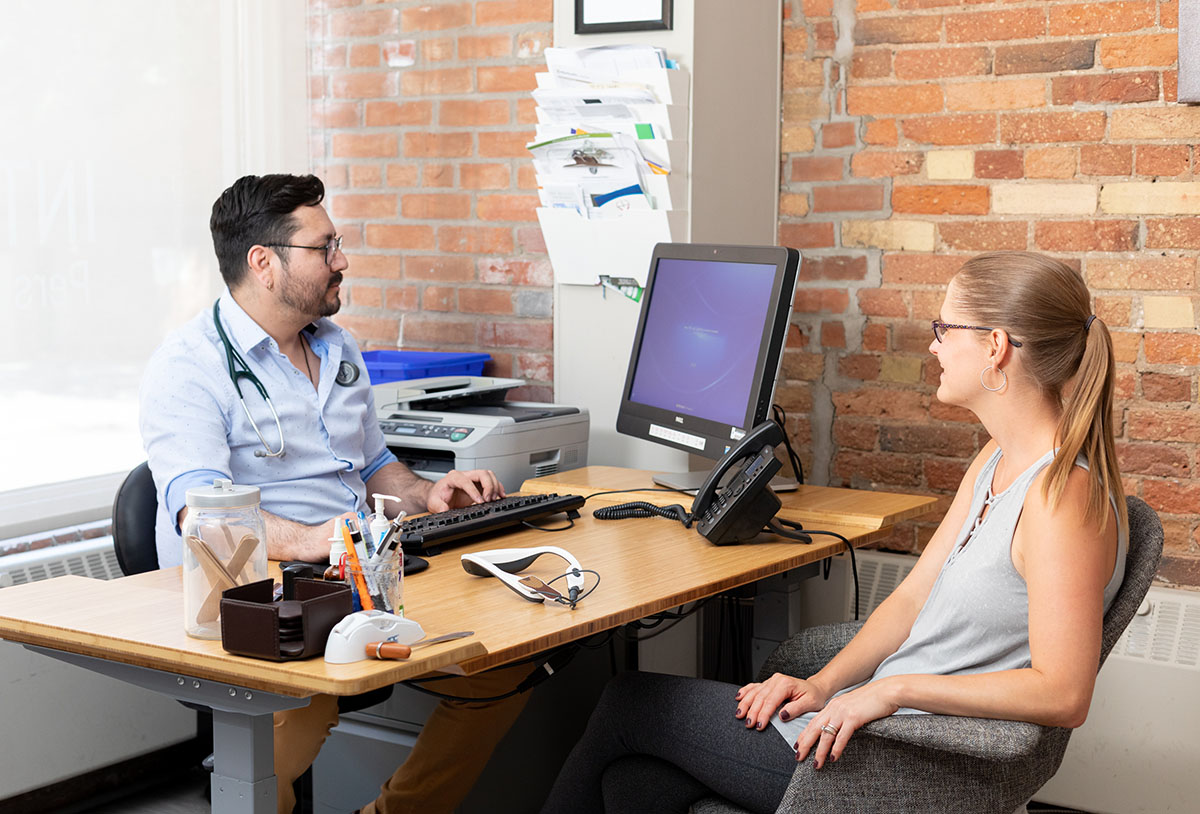
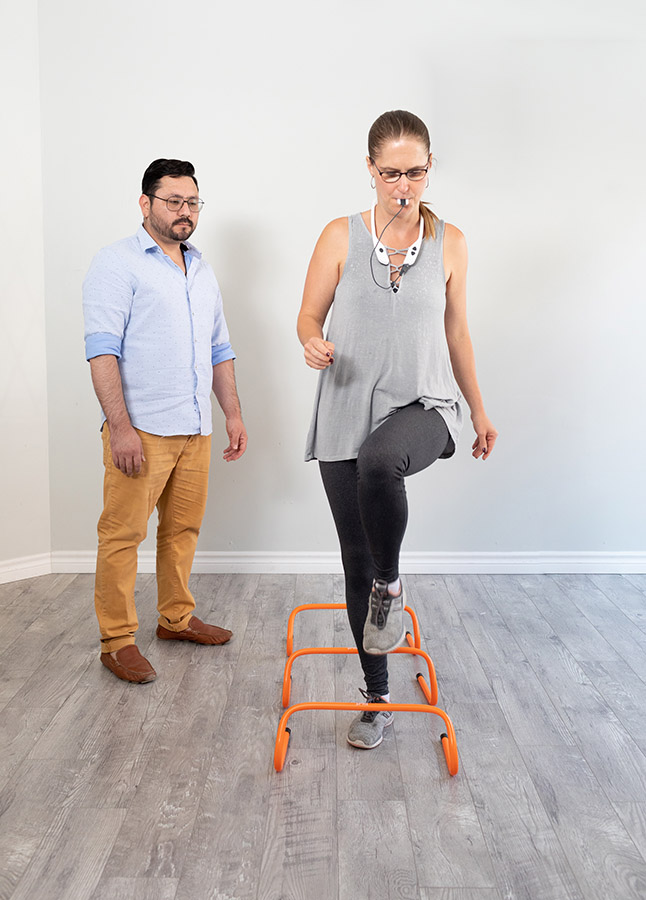
To achieve this, you must be consistent in PoNS Therapy exercises for at least an average of 100 minutes a day. Challenge yourself—aim for an 8-point improvement!
Talk to your rehabilitation therapist about how PoNS can push your therapy to the next level.
What does Go for 4 and Aim For 8 mean for you?
An 8-point improvement in your gait score can mean advancing your ability to walk, so you can RSVP “yes” to that wedding, book that vacation you’ve been putting off, and go on that walk along the beach. Please keep in mind that everyone is different, and results may vary.
Here is how other patients have improved after 14-weeks of PoNS Therapy:

60%
*From RWE Database analysis: 58.3%

Individual results and experiences may vary. Speak to your physician to see if PoNS is right for you.
We encourage you to set your sights high—AIM FOR 8 points of improvement!
Patient Success and Professional Perspectives on PoNS

Here’s what PoNS patients had to say about their journey through PoNS Therapy
Kerrie Walters
“…My improved gait since PoNS has led me… to participate in a more active excursion on my vacation, such as walking, swimming, and scrambling through an underground cave in the Yucatan. My starting speed on the treadmill went from 1.3 to 2.6 during the protocol. PoNS Therapy was a serious commitment of time and energy but the improvements in my gait, at least for me, have changed my life.”

Kerrie Walters, PoNS patient
See how Kerrie has taken steps forward:
Individual results and experiences may vary. Talk to your doctor to see if PoNS is right for you.
Mariska Breland
“I was diagnosed 22 years ago after having double vision and numbness in my feet. One of my biggest flare-ups was foot drop and numbness—particularly on my left side—which caused significant mobility issues.”
“PoNS Therapy was hard at the beginning, but once I got into the groove and was doing the exercises daily, the difficulty fell away—particularly once I started seeing results. For instance, seeing the toes on my left foot move again for the first time in years really motivated me to see how much more they’d move the next day. I’m walking as I was 10 years ago, with minimal foot drop. I’ve gone on walks where I don’t catch my foot at all—and I can’t remember the last time that happened. It’s easier to walk up and down stairs—and I can do so without holding the rail the whole time. I can stand on my left foot without falling over, lift the toes on my left foot and lift my foot and move it in a circle, all of which I haven’t been able to do for years. I’m also able to lift my leg higher, overcoming weaknesses in my hamstring and hip flexors, making it easier to do things like step into a pair of pants.”
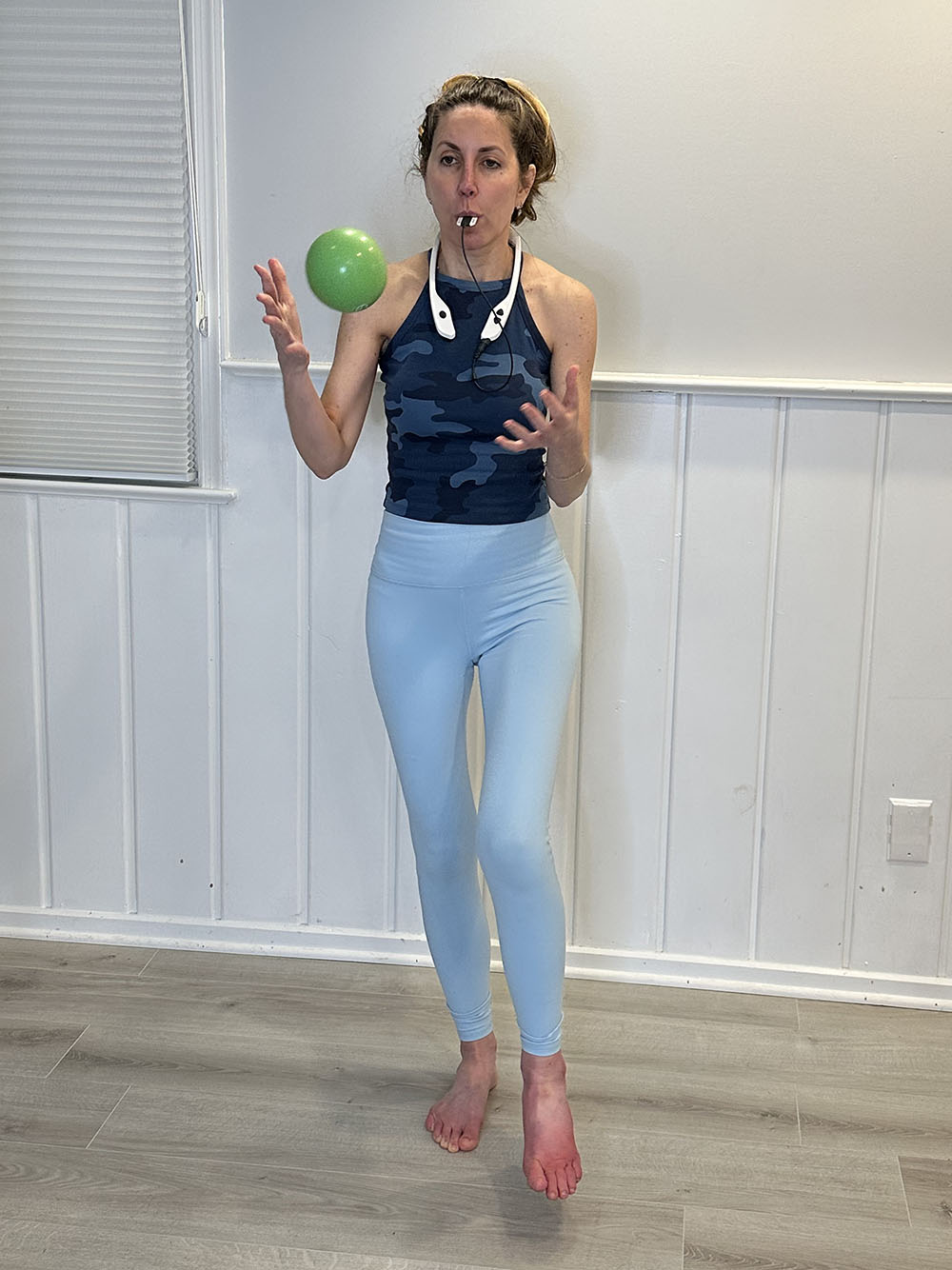
Mariska Breland, PoNS patient
Kevin Byrne
“After living with MS since 1999, gait difficulties took away my most valued treasure: quality adventures with my 13-year-old daughter.”
“My focused PoNS Therapy helped me improve my walking, and as a result…Rogue and I will vacation in New York City to walk the streets of Manhattan and enjoy our favorite Broadway musicals! Thank you for the experiences I thought were lost forever.”
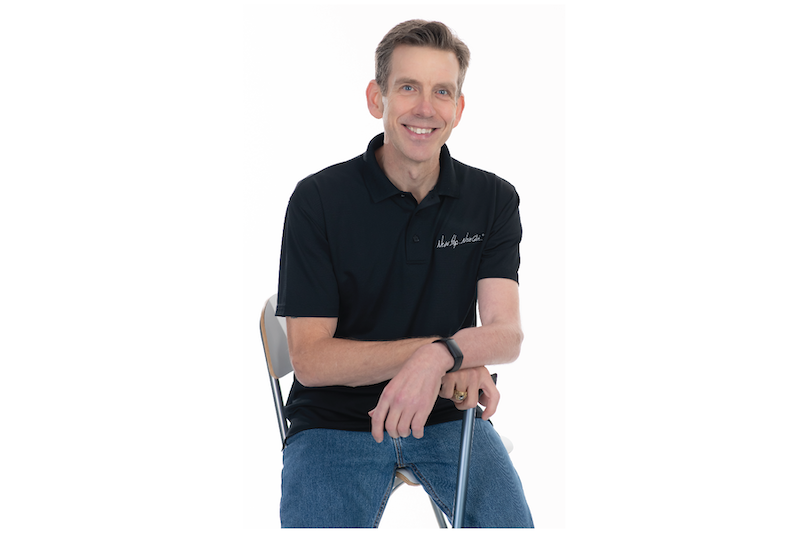
Kevin Byrne, PoNS patient
Watch Kevin’s progress:
Individual results and experiences may vary. Talk to your doctor to see if PoNS is right for you.
Read insights from medical experts and PoNS Trainers:
Emily Craigen, PT, DPT
“After completing 14 weeks of PoNS Therapy at our clinic, I was amazed to see significant improvements in all areas of function for this patient! …Her balance improved such that the patient is now able to walk more comfortably. Additionally, the patient’s compensatory hip circumduction has decreased significantly due to improved active strength and coordination of the right hip flexor, which has resulted in a steadier gait.”

Emily Craigen, PT, DPT
Dr. Naseem Chatiwala, PT, DPT, MS, NCS
“As a physical therapist, I have worked with many patients with neurological deficits. When I heard about PoNS, I had doubts that tongue-based electrical stimulation could effectively retrain the brain to improve walking ability. But as I worked with Anna, the improvement was undeniable. I’m excited about using PoNS with more patients.”

Dr. Naseem Chatiwala, PT, DPT, MS, NCS
Morgan Dux, ClearCut ORTHO
“My first experience with implementing the PoNS device and protocol into treatments was seamless and effective in ensuring compliance in the home exercise program. Prior to treatments, I was able to review frequency of the home exercise program, which aided in compliance through the program protocol for maximum results. The device is easy to use and the large screen allowed me to monitor and plan the treatment times with ease. I will look forward to the next opportunity I may have to treat a patient using the PoNS device.”
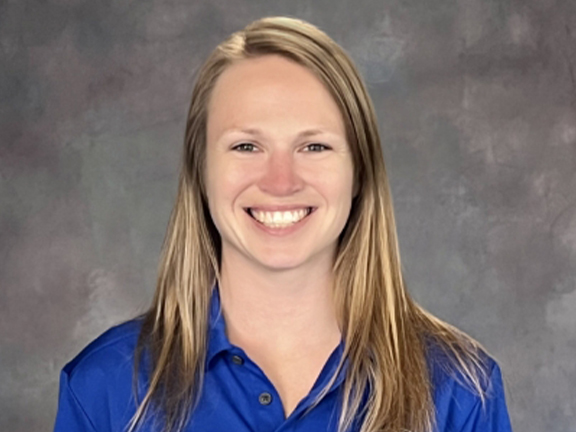
Morgan Dux, ClearCut ORTHO
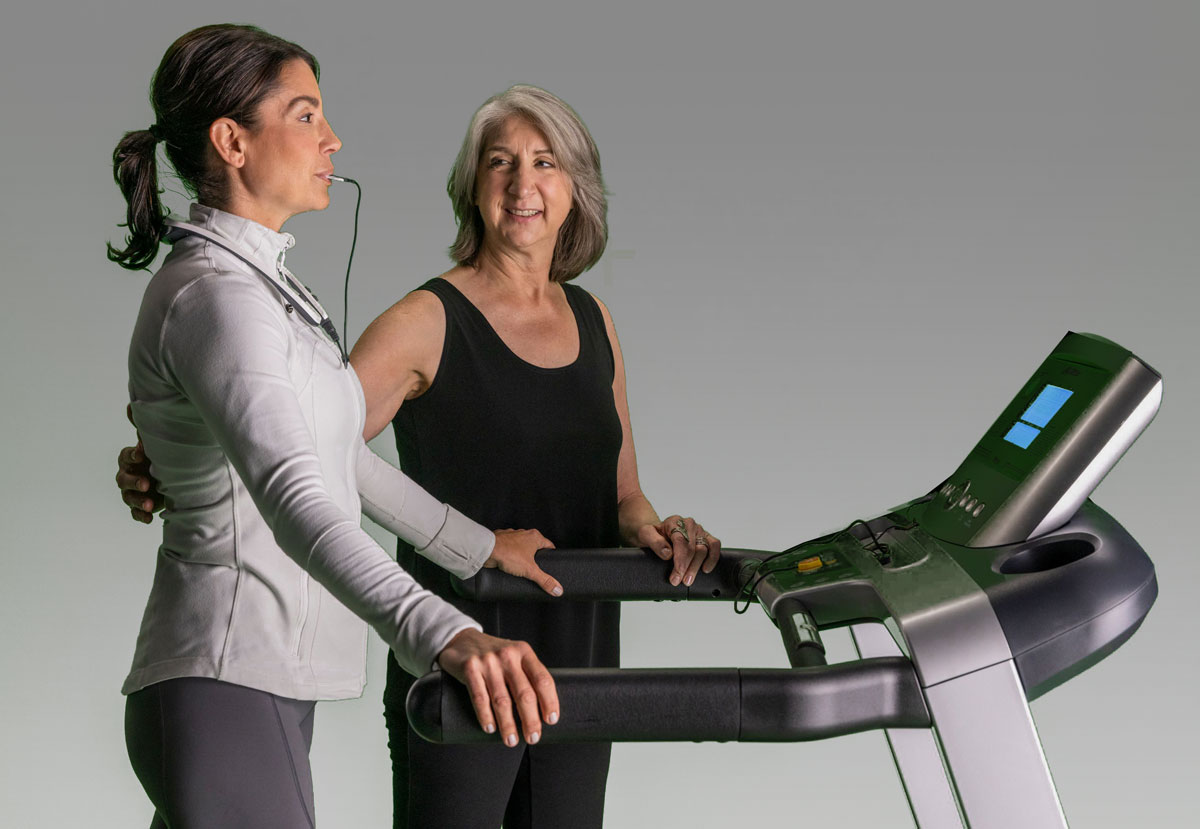
Whether you want to swim in an underground cave or take a stroll down Broadway, we encourage you to Go for 4 and Aim For 8 to improve your walking ability. Everyday activities and dream adventures can be within reach!
Learn more about PoNS and PoNS Therapy and see how the treatment can help you significantly improve your walking.
Follow PoNS on social and #AimFor8 to see how others in the community are taking steps forward.

